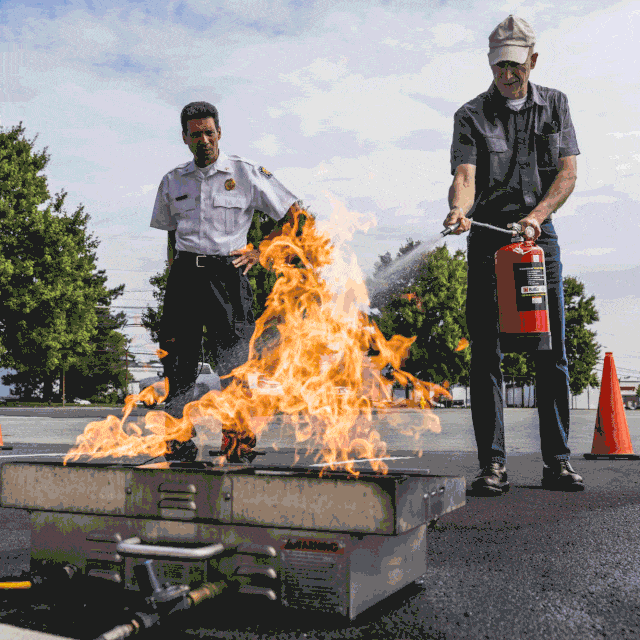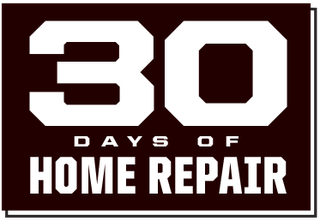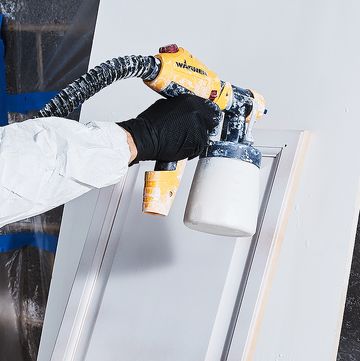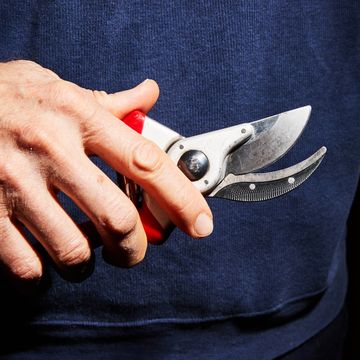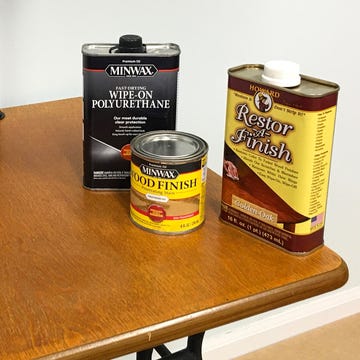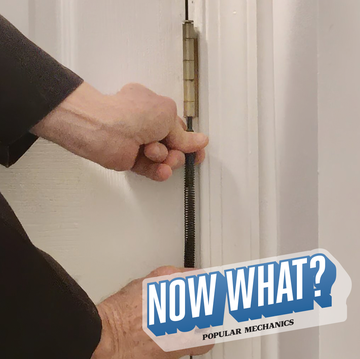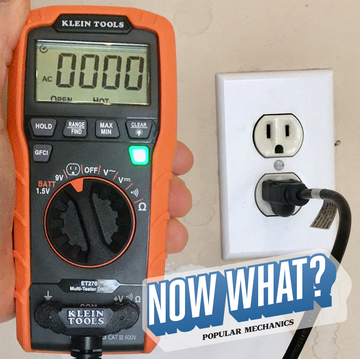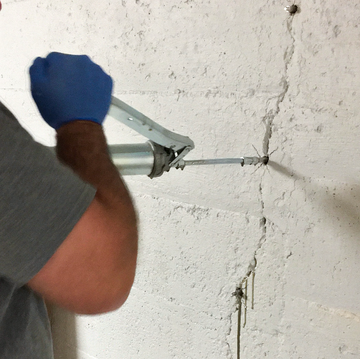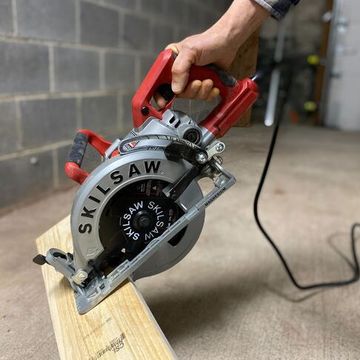A fire extinguisher is more than a tool that puts out a fire. It can be the arbiter between life or death. Putting out a fire early can mean the difference between a small, smoky mess and widespread wreckage. Consider this: Fire with access to air and fuel, will double in size every 30 seconds. In three minutes, a fire that starts out the size of one 5-gallon bucket becomes the size of 64 burning buckets. Just 180 seconds after it begins, a fire can be transformed from a nuisance to a room-size, life-threatening inferno.
What we state above is a pillar of fire fighting science, and we came across it in taking a class on using a fire extinguisher at the newly-opened Allentown Fire Academy, in Allentown, Pennsylvania. Our instructor was John Christopher, the fire department’s Captain of Public Affairs. Every week he teaches a wide cross section of the community the intricacies of using a fire extinguisher. Construction company employees, truck drivers, nursing home employees have all taken his brief class.
And the course is brief. After only 20 minutes of discussing what fire is and how to fight it with an extinguisher, we went outside to battle our first blaze, supplied by a BullEx propane-powered fire simulator. Like learning CPR or first aid, it’s training that can save your own life and property, or that of someone else.
Below, we provide the most urgent details on using a fire extinguisher, followed by some nitty gritty, along with a link to buy a fire extinguisher.
Call 911 then PASS
Given the rapidity with which fire spreads, taking time to first call 911 seems counter intuitive. “The first step is to call 911,” Christopher says. “Always.” He points out the obvious. If more than one person is available to fight the fire, have one person call while another battles the blaze. Delay is the enemy of fire safety and any delay in summoning the fire department with a 911 call can be costly when you consider the rate that fire spreads. “The biggest fires that we’ve had to fight,” he says, “resulted from a delay in someone calling the fire department.”
To use the fire extinguisher, slide or lift the fire extinguisher off its bracket, then use the PASS method to extinguish the blaze.
PULL the locking ring from from the extinguisher’s handle.
AIM the fire extinguisher’s nozzle at the base of the fire. You should be standing far enough from the fire to not be in immediate danger from it, but not so far that the extinguisher will be ineffective. In most cases, that means standing 8 to 10 feet from the fire.
SQUEEZE the fire extinguisher’s handle to begin the flow of fire-fighting agent.
SWEEP the extinguisher’s nozzle over the base of the blaze.
It may be simple, but there’s still more to this than meets the eye. The BullEx propane-fired simulator that we used assesses your fire-fighting technique. Propane is piped into the device and is electrically lighted. It has a row of sensors on its front that rates your technique by judging your aim and the rate at which you travel over the sensors. If you miss or your travel rate over the sensors is too hasty, the simulator keeps burning.
I put the blaze out pretty quickly on my first try, but then it flared up. I thought I had the blaze out when it roared back to life and began to spread before a second pass of water from the pressurized extinguisher drenched the flames completely.
Nothing to it. Right? If only fire fighting were that simple.
The Fine Points
If calling 911 is your first step (ideally, while someone else is using the fire extinguisher), then an equally important goal is to get people out of the building, out of the vehicle, or out of harm’s way. “Always protect yourself and others first,” Christopher says. Even if the blaze is immediately extinguished, no harm is done by evacuation. And this is even more important if there are children, elderly or disabled people present.
“That’s why God made insurance,” Christopher remarks, when he emphasizes that life saving is the primary goal.
So let’s say that someone else has called 911 and is evacuating the building or the surroundings. What else?
That leaves you and the fire.
“Never let the fire get between you and your exit,” Christopher says. One minute it might seem that you’ve got the upper hand, but the next thing you know, the fire has grown and it has blocked your exit. That could be the end of you, so it’s critical that you remain vigilant. Keep your exit at your back as you battle the fire.
“When in doubt, get out,” he adds for emphasis. Which leads to a simple, but overlooked, fire fighting tool.
If the fire hasn’t gone out, but the extinguisher has, then you’ve done everything you can. “Just close the door and get out,” Christopher advises. A door (assuming there is one), is one of the surest ways to starve a fire of the air it needs to spread. Looked at it in those terms, a door is a simple and effective fire-fighting tool. He recalls responding to a fire years ago where the only room in the house that was damaged was the bathroom where the blaze originated. The owner wisely closed the bathroom door before evacuating the building.
There are two other fire-fighting pillars worth remembering, Christopher says: First, never turn your back on a fire. Even after you think you have it out, keep your eye on it until the fire department has arrived. Second, empty the fire extinguisher. “There’s no sense in trying to save extinguishing agent,” he says, adding “the extinguisher will need to be recharged anyway.” That is, you can’t extinguish a blaze and then put the partially-discharged extinguisher back on the mounting bracket. It will need to be serviced or in the case of inexpensive homeowner-grade extinguishers, disposed of. So you might as well empty the extinguisher. If nothing else, it will ensure that the fire has no chance of springing back to life.
Know Your Extinguisher
The last half of 2023 has certainly been a bad one as far as fires are concerned. At our offices in Easton, Pa., we hacked our way through smoky air from the Canadian wildfires earlier in the summer and, in unrelated tragedy, saw 15 rowhomes burn down right up the street from our office. More than a dozen families were displaced in the process. Along with the rest of the nation, we’ve grieved the loss of life and property on Maui.
It occurred to me afresh after taking Captain Christopher’s class just how urgent and important it is to know basic fire prevention and fighting. Approximately 2,620 people die a year in fires. Using a fire extinguisher may be a lot of things, but one thing it isn’t is theoretical.
All of us have a role to play in preventing fires, alerting the fire department when they start, and stopping them if we can.
When I returned to the office after taking the class, it occurred to me that there are fire extinguishers posted throughout our office building and parking area, yet I knew almost nothing about them. I started by taking a look at the most appropriate of them, the one hanging right outside our shop.
I went downstairs and pulled it off the wall to give it a look over.
I found the extinguisher mounted exactly as we reviewed it in our class. That is, it has to be mounted securely to prevent it from falling off onto the floor, yet it’s also available for quick deployment. Learn how your extinguisher is mounted.
Seconds count, and you don’t want to find yourself wrestling with an extinguisher to get it off the mounting bracket. The extinguisher will lift off or slide off its bracket. Know which it is.
We show both below.
Not every fire extinguisher is equal. The most common in residential and commercial environments is the ABC type, formulated for (A) Wood and paper (B) Combustible liquids (C) Electrical fires.
We show a commercial-version of such an extinguisher here.
In the process of getting to know your extinguisher, check its fill gauge and assess its weight and handling.
As for the commercial extinguisher shown here, it’s larger and heavier than I thought. It’s 20 inches tall and 5 inches in diameter. It weighs exactly 17 pounds. I see that it’s an ABC type, too. That’s a perfect fit for our test environment, with lots of wood, sawdust, cardboard boxes, electrical tools, and occasionally gasoline, solvents, or flammable liquids (yes, we store these combustibles in a special industrial cabinet designed for them).
One thing that didn’t pass muster as I looked around at the fire extinguishers in our workplace was the one I found blocked by a pile of boxes. I slid the boxes to the side, and felt better for having done it. Captain Christopher would have approved of my making one small act for fire safety.

Roy Berendsohn has worked for more than 25 years at Popular Mechanics, where he has written on carpentry, masonry, painting, plumbing, electrical, woodworking, blacksmithing, welding, lawn care, chainsaw use, and outdoor power equipment. When he’s not working on his own house, he volunteers with Sovereign Grace Church doing home repair for families in rural, suburban and urban locations throughout central and southern New Jersey.

